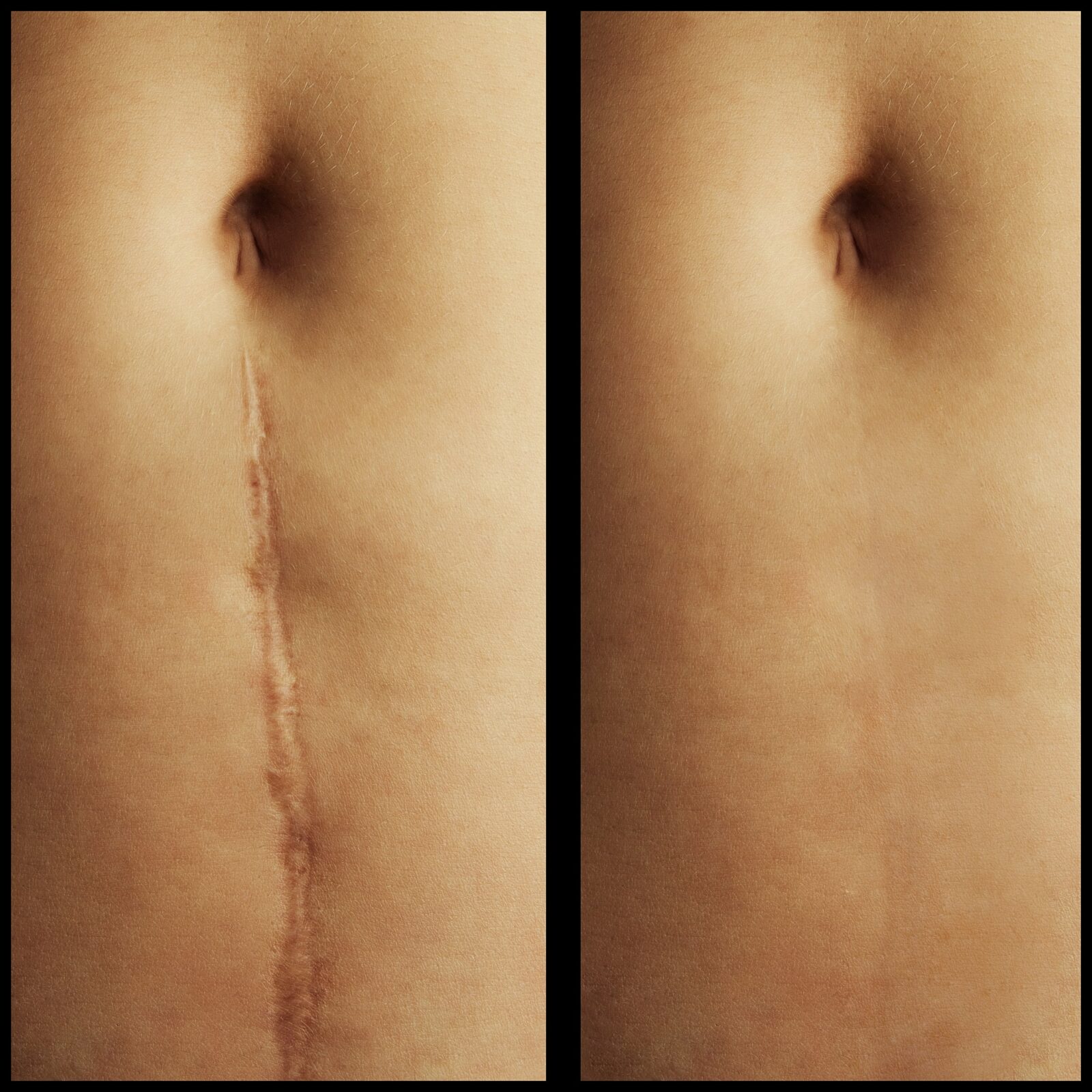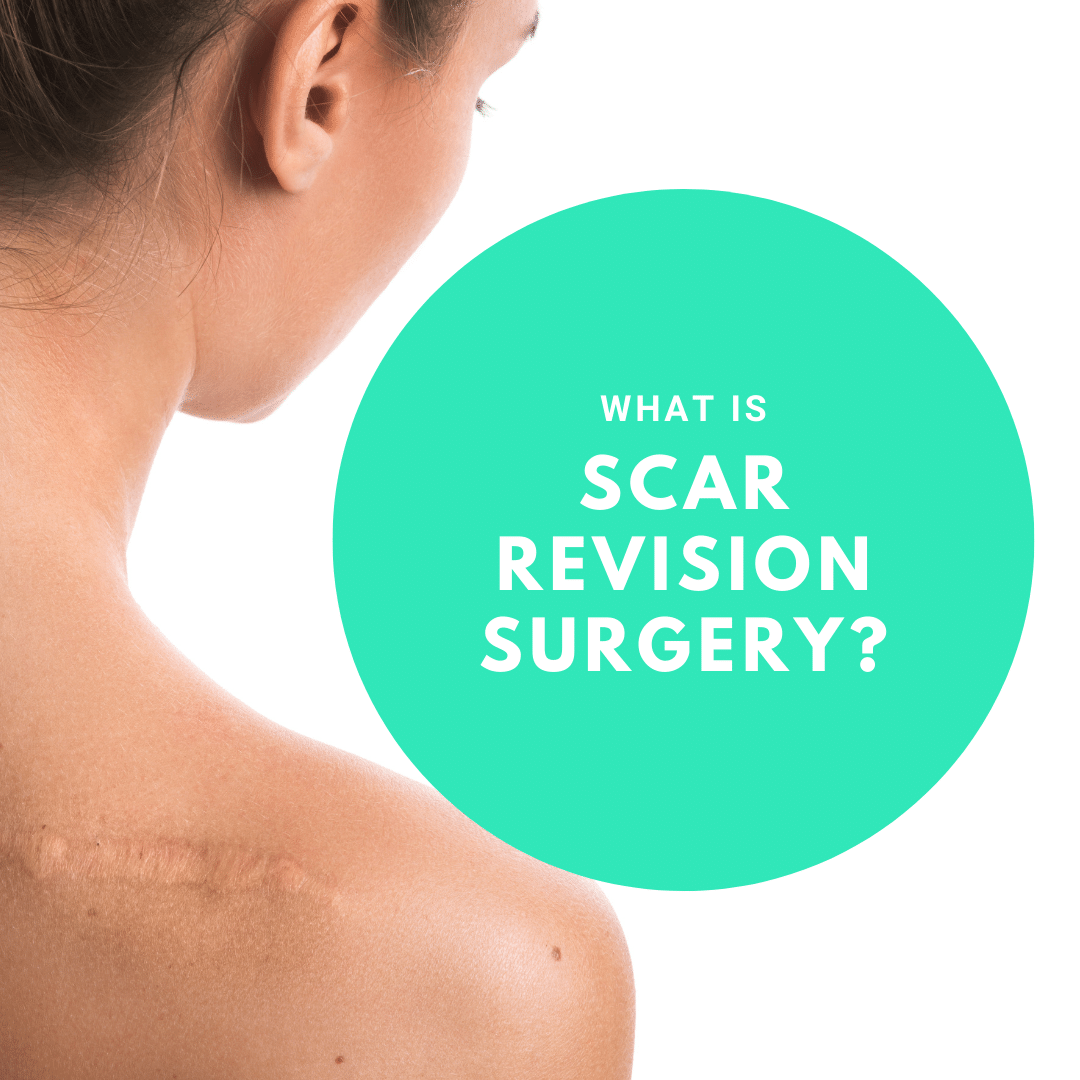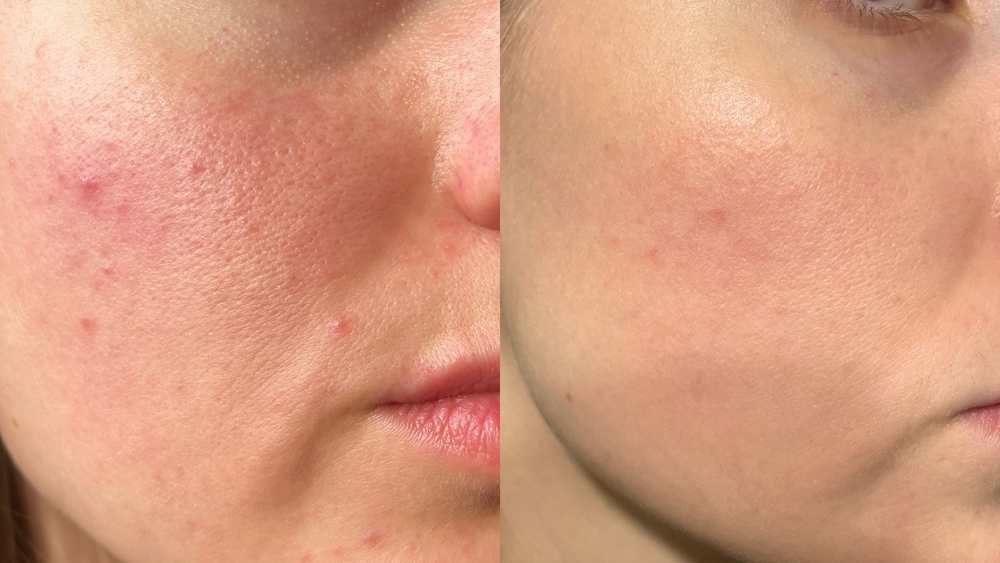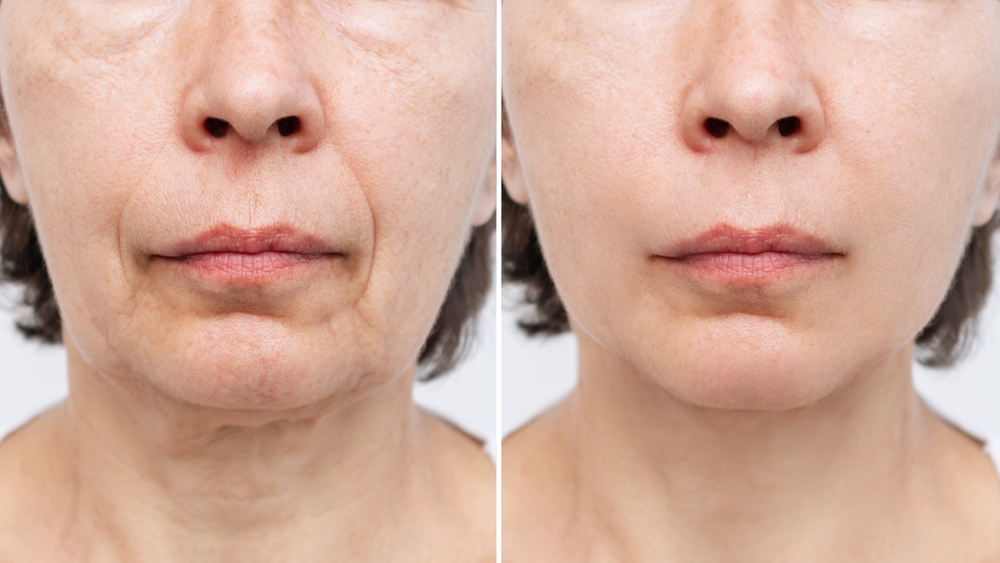Do you have an unsightly scar that makes you self-conscious? If so, you may be a good candidate for scar revision surgery. This is a procedure that can fix many types of scars, including those caused by injuries or previous surgeries. In this blog post, we will explain what scar revision surgery is and the different techniques that can be used. We will also discuss who is an ideal candidate for the surgery and what types of scars it can fix.
What is scar revision surgery?
Scar revision surgery is a procedure that is used to improve the appearance of scars. There are many different techniques that can be used, and the type of technique that is used will depend on the type of scar and the location. Some of the most common techniques include:

Flap Closures
Flap closures involve using a piece of healthy tissue taken from elsewhere on the body to cover the scar. This can be done with skin, muscle, or fat, depending on the location and severity of the scar.
W-Plasty/Z-Plasty
W-plasty and Z-plasty are both techniques that use multiple incisions to break up the scar tissue and then realign it in a more aesthetically pleasing way. This can help to improve the appearance of the scar and make it less noticeable.
Scar Excision
Scar excision involves removing the scar tissue and then stitching the healthy skin together. This can be done with a scalpel or a laser, however it can only be done if there is enough healthy skin present.
Skin Grafting
Skin grafting is a technique that involves using healthy skin from another area of the body to cover the scar. This can be done with a full-thickness graft or a partial-thickness graft. This is a common treatment for burns.
Who Is an Ideal Candidate for Scar Revision Surgery?
The best candidates for scar revision surgery are those who have scars that are unsightly, cause them to feel self-conscious, or that affect their ability to perform daily activities. The type of scar and the location will also play a role in whether or not someone is a good candidate for scar revision surgery. For example, people with keloid scars or hypertrophic scars may not be good candidates because these types of scars can recur after surgery.
Scar revision surgery can be used to improve the appearance of many different types of scars, including:
- Acne scars
- Burn scars
- Chickenpox scars
- C-section scars
- Hypertrophic scars
- Keloid scars
What to Expect:
Scar revision surgery is usually performed on an outpatient basis, which means you will not have to stay in the hospital overnight. The procedure itself takes about one to two hours, depending on the type of scar and the technique that is used. You will likely be given a local anesthesia, which numbs the area around the scar.
After the surgery, you will need to keep the area clean and dry. You may also need to use a special ointment or cream on the scar. Your doctor will give you specific instructions on how to care for your scar. Most people can return to their normal activities within a week or two after the surgery.
In Conclusion
In this blog post, we have explained everything you need to know about scar revision surgery. This includes the different techniques that can be used, who is an ideal candidate for the surgery, and what to expect after the procedure. If you are interested in learning more about scar revision surgery, or if you would like to schedule a consultation, please contact our office. We would be happy to answer any questions that you may have. Thank you for reading!







